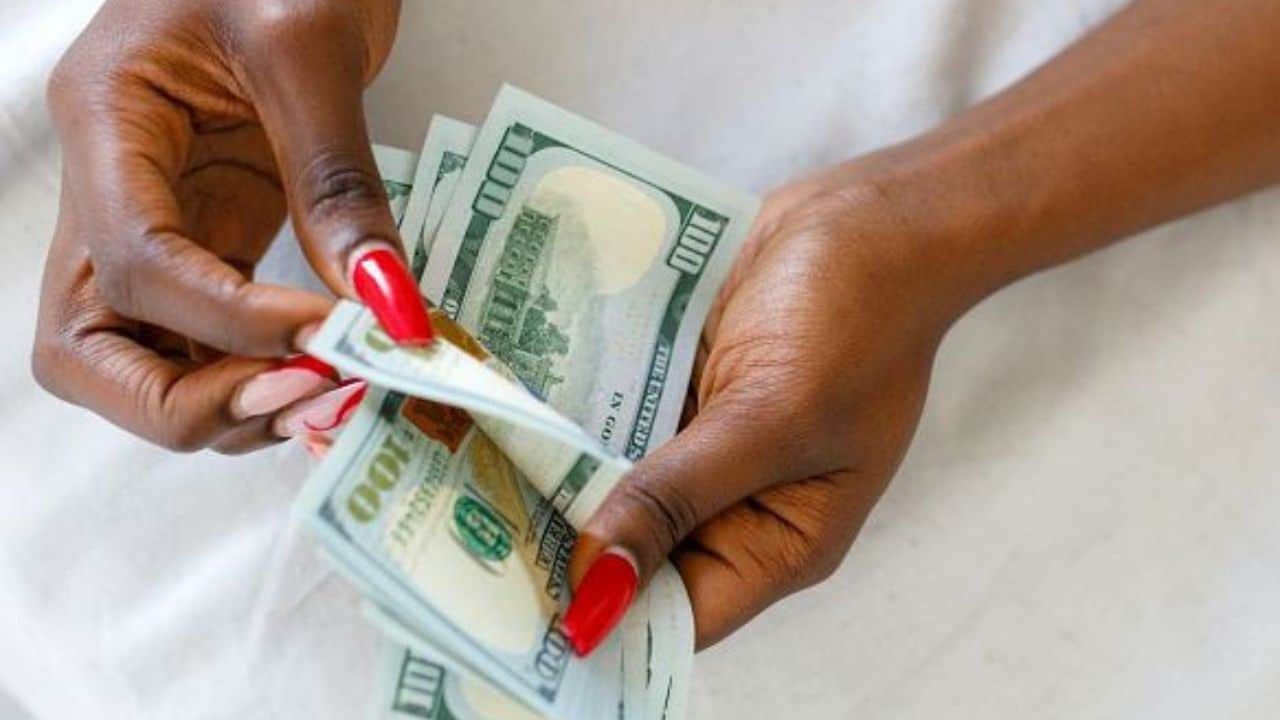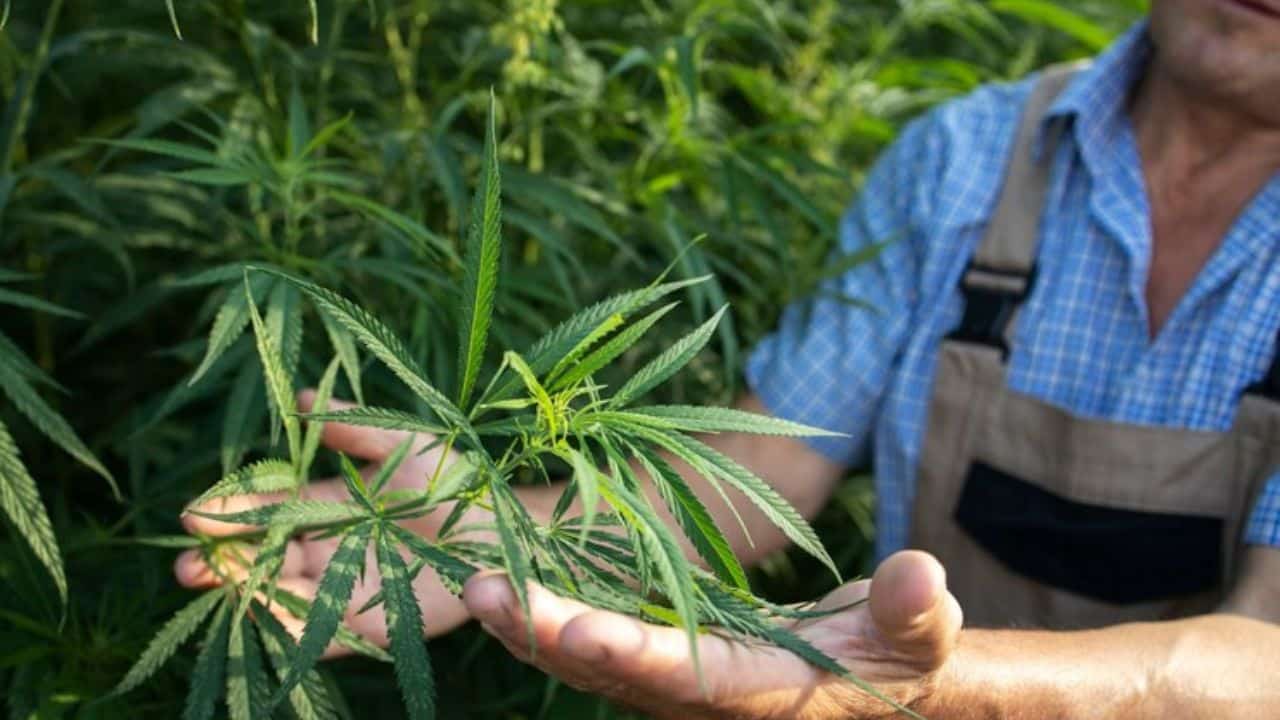Rising interest rates and weakening export demand are dampening several Asian economies’ post-COVID economic rebound.
However, for Sri Lanka, the only country in the region to default on its official debt as a result of the epidemic and the Ukraine war, these are bright days.
Tourism revenue and remittances from Sri Lankan employees working abroad have rebounded dramatically. Inflation, which had reached 70% in September, had dropped to 6.3% in July. As a result, since June, the Central Bank of Sri Lanka has reduced its benchmark interest rate by 4.5 percentage points.
The default last year was caused by a convergence of factors reducing Sri Lanka’s foreign exchange reserves.
Tourism receipts, which previously brought in nearly to $5 billion in foreign exchange gains each year, plummeted following the 2019 Easter Sunday bombings of three churches and three luxury hotels; guests did not return amid COVID-19. External borrowings, populist tax cuts, and political infighting all harmed investor confidence and the country’s macroeconomic condition.
The commencement of the Ukraine war last year was a crushing blow. With its foreign reserves depleted, the country was forced to contend with rising import prices for food and fuel. Given the lack of faith in its ability to repay, as well as rising global interest rates, the government was unable to turn to international finance markets to shore up its reserves.
To pay the government’s deficit, the Central Bank of Sri Lanka was compelled to manufacture money. As a result, the value of the Sri Lankan rupee fell, exacerbating inflation. With the government failing to deliver or pay for everyday essentials and prices increasing, it was no surprise that popular discontent erupted, forcing then-President Gotabaya Rajapaksa to abandon the nation in July 2022.
Ranil Wickremesinghe, his successor, moved fast to calm the situation by negotiating a loan with the International Monetary Fund and obtaining interim assistance from regional countries such as India.
To gain IMF backing, Colombo took difficult but necessary moves to hike fuel and electricity prices, as well as boost tax rates and expand the tax net. A new central bank governor boosted benchmark interest rates by 8 percentage points over the course of 2022 in an attempt to keep inflation under control and bring about some macroeconomic stability.
When I visited Sri Lanka in November, the situation remained difficult, with rising inflation and interest rates dampening business and consumer optimism. However, it was apparent that both had peaked and that the economic cycle had begun to shift as a result of the difficult decisions made in recent months.
When I returned in June, there were obvious signs of progress. Despite the fact that it was the low season for vacationers, both my flight and hotel were fully booked.
Tourism revenues hit about $1 billion in the first half of the year, while inbound remittances totaled $3 billion. Both are anticipated to match or exceed these results in the second half of the year.
Though still lower than pre-COVID levels, the country may easily return to its prior levels of $4.4 billion in tourism receipts and $7 billion in worker remittances. This would go a long way toward assisting Sri Lanka in managing its current-account deficit while also contributing to macroeconomic stability and growth. Meanwhile, businesses gain from increased currency liquidity and stable electricity supply.
The IMF, which authorized Colombo’s assistance in March, forecasts Sri Lanka’s current-account deficit to be roughly 1.5% of GDP starting this year. For any developing country that is a net importer of petroleum and food, this would be a manageable and normal level.
A government domestic debt restructuring scheme has alleviated much anxiety, particularly in the Sri Lankan banking industry. Colombo is in talks with foreign creditors about restructuring the country’s external debt. The government is also carrying out its reform program by commencing the privatization of state-owned assets such as SriLankan Airlines and Sri Lanka Telecom.
The rupee and the country’s stock market have both reacted strongly to recent macroeconomic events, ranking among the strongest performers in the world so far this year.
The drop in inflation and interest rates, the comeback in tourism, and the government’s commitment to change all auger well for Sri Lanka’s future. In the short run, if inflation continues to fall, I would not be shocked if benchmark interest rates fall another 3 or 4 percentage points. This would boost the economy’s recovery and investor confidence even more.
In the medium to long term, Sri Lanka must fully capitalize on its advantageous geographic location to expand its tourist and logistics businesses. These can greatly increase the country’s foreign exchange reserves. Policymakers should not miss this opportunity and should actively assist both businesses by enacting policies aimed at strengthening tourist and logistical infrastructure such as airports and ports.
Sri Lankan policymakers have not been very strong in terms of execution. However, with the IMF, neighboring nations, and investors on its side, Sri Lanka cannot ask for a better platform to achieve long-term and all-around economic growth.
Read Also: Top 52 Fastest Developing Countries in 2023







































